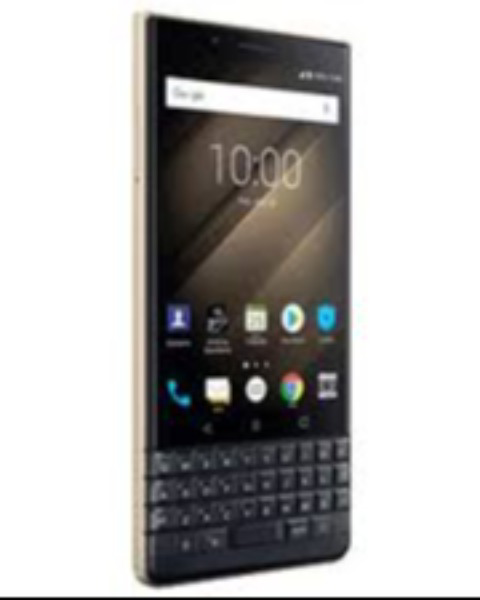


O BlackBerry Key2, lançado em junho de 2018 pela TCL Communications sob a marca BlackBerry Mobile, é o sucessor do KeyOne, refinando a experiência do teclado físico. Com preço de US $ 649 / £ 579 no lançamento, ele possui um LCD IPS de 4,5 polegadas, chipset Snapdragon 660, câmeras duplas de 12MP e uma bateria de 3500 mAh, visando usuários de produtividade com o pacote de segurança do BlackBerry. Ele introduziu a tecla de velocidade para atalhos de aplicativos mais rápidos e um design mais elegante. Uma variante Key2 LE oferecia uma alternativa mais barata com especificações rebaixadas. Em 2025, o Key2 está desatualizado, sem atualizações de software além do Android 8.1 Oreo, sem suporte 5G e hardware que luta com as demandas modernas. Ainda assim, seu teclado e recursos de segurança atraem os entusiastas do BlackBerry, disponível por cerca de US $ 150 a US $ 200.
característica
BlackBerry Key2
Data de lançamento
Junho de 2018
exposição
LCD IPS de 4,5", 1080 x 1620, proporção 3:2, 434 ppi, Gorilla Glass 3
processador
Qualcomm Snapdragon 660, 14nm, Octa-core (2,2 GHz)
carneiro
6 GB
armazenamento
64 GB/128 GB, suporte microSD (até 256 GB)
Câmera traseira
Duplo: 12 MP (f/1.8, 1.28 μm, PDAF) + 12 MP (f/2.6, 1.0 μm), flash LED
Câmera frontal
8MP, f/2.0
bateria
3500 mAh, Carga Rápida 3.0
SO
Android 8.1 Oreo (sem mais atualizações)
construir
Moldura de alumínio, parte traseira de plástico texturizado, sem classificação IP
Conectividade
4G LTE, Wi-Fi 5, Bluetooth 5.0, USB-C, NFC, fone de ouvido de 3,5 mm
Preço (lançamento)
$ 649 / £ 579
To make a modern BlackBerry Key2 competitive in 2025, the following enhancements could address its shortcomings while preserving its productivity focus:
The BlackBerry Key2 refined the KeyOne’s formula in 2018, offering a larger, more functional QWERTY keyboard with the Speed Key, dual cameras with portrait mode, and a sleeker design. Its security features like BlackBerry Hub and DTEK, paired with a decent Snapdragon 660, made it a productivity powerhouse for its time. However, in 2025, the Key2 is outdated, with no software updates beyond Android 8.1 Oreo, no 5G support, and a small 4.5-inch display that feels cramped compared to modern smartphones. The lack of water resistance and limited availability further diminish its appeal. If you’re a BlackBerry enthusiast who values a physical keyboard and can find a used Key2 for $150-$200, it might suffice for basic productivity tasks. For most users, however, newer mid-range phones like the Samsung Galaxy A55 or Google Pixel 8a offer superior performance, 5G support, and long-term software updates, making them far better choices in 2025.
The overall rating is based on reviews by our experts
Ainda não há avaliações
|
How Is the Design? |
|
|
How is the Display? |
|
|
How is the Camera? |
|
|
How are the Features? |
|
|
How is the Connectivity |
|
|
How is the Usability? |
|
|
How is the Performance? |
|
|
How is the Battery Life? |
Nenhum preço disponível